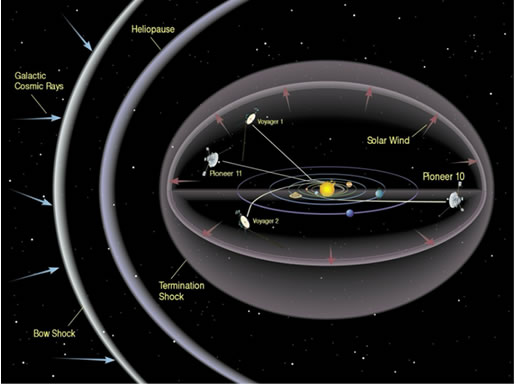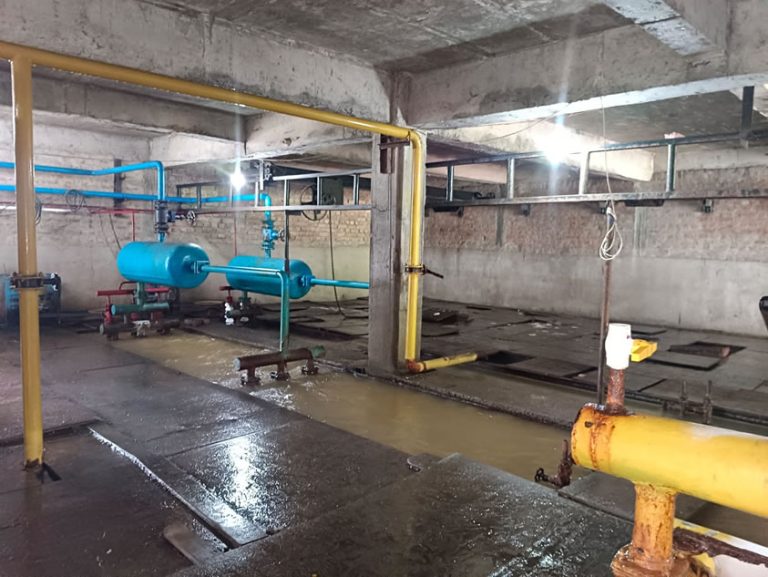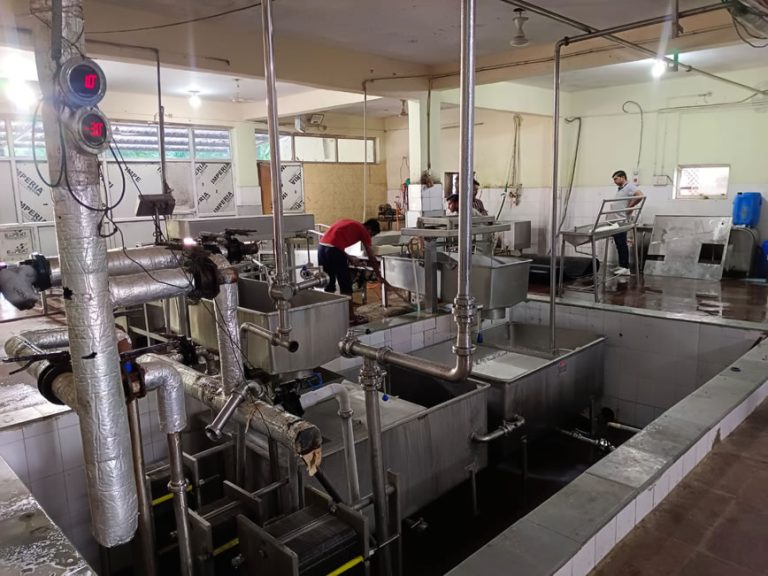
In May 2025, NASA revived Voyager 1 after a 20-year gap. It’s an engineering marvel.
A few facts about it are:
It began its journey on 5 September 1977 (48 years ago)
It is presently 24.9 Billion kilometres away from earth
It has travelled the same distance light would in 23 hrs and 20 min.
Voyager travels at approximately 17 km/s versus 300,000 km/s for light
Apollo 10 (the fastest crewed spacecraft) travels at roughly 11 km/s
The above information shows that our fastest human transport is about 20,000× slower
than light.
The speed of light matters here because:
1. Einstein’s theory of relativity explains that nothing with mass can travel faster than light.
2. As an object’s speed approaches the speed of light, its mass tends toward infinity, requiring infinite energy.
Therefore, any rocket carrying mass (rocket + humans) cannot attain light speed.
Besides this, theoretical physicists discuss many concepts, such as:
- Wormholes
- Black holes
- White holes
- Parallel universes
- The multiverse
Considering these theories, our present rocket speeds, and Einstein’s constraints, a few
things seem likely:
1.We are unlikely to leave our solar system with current resources for at least the
next 50 years.
2. Forget reaching the far edge of the solar system, a manned mission to Mars is
also unlikely with present-day science.
3. We should read Bertrand Russell’s short story “A Nightmare of a Theologian.” It
helps us appreciate how much of the unknown lies within what we think we know.
All religions and cults can be as hypnotic as our dreams of traveling to the end of the
universe. The statistics above suggest we cannot travel at the speed of light and to do
so, we cannot possess mass.
Hypothetically if we assume that:
1) We can travel at speed of Light
2) We have a mass of 1kg.
The amount of energy required can be found by using the equation, E=mc 2 .
E = (1kg)(3 x 10 8 m/s) 2 = 9 x 10 16 Joules.
That’s roughly 21 megatons of TNT.
Presently, the total installed power plants of Earth produce roughly 8.8 x10 6 MW of
power. Therefore, a shortage of 10,000 MW of power exists even for just 1 kg of mass.
If our minimum spacecraft mass were 100,000 kg, the power deficit would scale up to
about 10 9 , roughly twice the total power available on Earth.
But somehow even if we do manage to obtain that much energy and bend physics so
that traveling at the speed of light is possible, the figure below shows how much time
reaching certain landmarks in space will take.

Even if we could produce that much power and start traveling at light speed, the times
to reach cosmic landmarks are measured in thousands, millions, or billions of
light-years. Technically, whether we transport or transmit ourselves, we’re not going very
far on human timescales.
You might argue that time dilation at relativistic speeds helps. However, time runs faster
as we move away from strong gravity (as accounted for in GPS), and we are comparing
time with the human biological clock. Our “quality years” are perhaps 25–30 years
before our bodies begin to degrade for such travel.
In short, our current science cannot take us very far. Perhaps the universe operates with
laws we do not yet understand. Until then, we may be spending millions and billions of
dollars exploring the cosmos and chasing event horizons.



